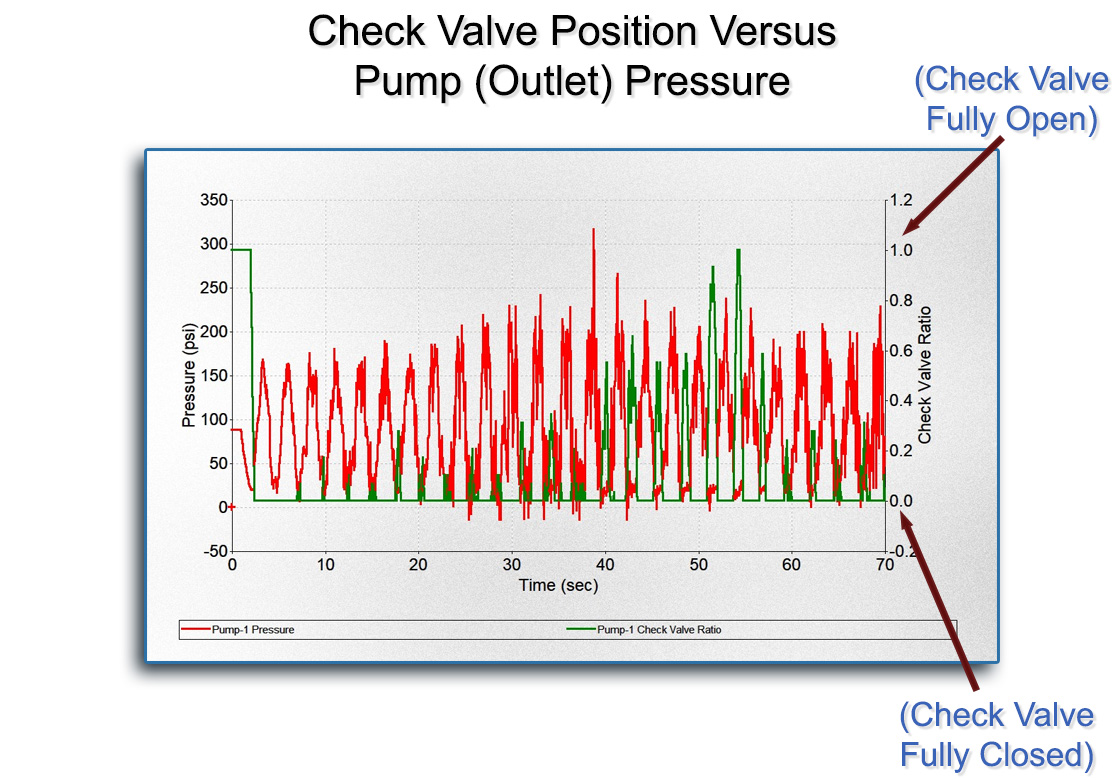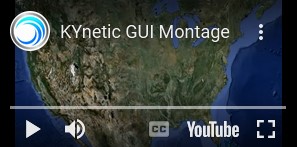Originally developed by Civil Engineering professors from the University of Kentucky, Surge has been continually updated and maintained for over 40 years. Surge relies on the Wave Plan Method (WPM): this is the most efficient hydraulic analysis engine in the world for transient analysis. It is much more efficient than the Method of Characteristics, read more here: WPM versus MOC.
Surge models water, petroleum, refined products, chemicals, refrigerants, and other incompressible fluids in full-pipe flow – however, analytical subroutines allow for cavitation at certain nodes and the modeling of air intrusion at air vacuum valves. The time step for surge is very small, since the extreme high and low pressures associated with transient events occur within fractions of seconds. The surge model runs for seconds to minutes to capture the full effects of the transient event. Users can also run a steady-state analysis to ensure sound modeling practices have been followed before initiating a transient analysis.
Surge users can import from (and export to) EPANET, AutoCad, GIS Shapefiles, Google Earth files, and Microsoft Excel files. See more here: Surge Overview Page.
Another tool built on the Surge analysis engine is the optional Water Infrastructure Pressure Surges Analysis Tool (WIPSAT): This tool allows for the successive, automated analysis of hydrants, valves and pumps in large models which may contain hundreds or thousands of these types of devices. WIPSAT includes a screening routine which analyzes these devices using global physical data and average operating times. The tool performs an automated Surge analysis on each of these types of devices in the model successively. At the end of this procedure, report is created listing which hydrants, valves or pumps may be problematic. The next step is to perform a Detailed Analysis, which incorporates site-specific physical characteristics and site-specific operating data for the flagged devices to see if operational changes or other surge protection measures are required to maintain safe firefighting operation in the case of hydrants, or safe operation in general in the case of valves and pumps. Read more about WIPSAT here: WIPSAT Description.
Click here for our model comparisons and limitations page.
The following links describe the basic elements of a network model including a discussion of importing and exporting to and from other common software packages.
- Supported Elements and Devices for Surge.
- Modeling Tips.
- Pipe Type Tables.
- Professional Features: CAD and GIS Import and Export.
- Creating Libraries of Devices/Elements.
- Surge Operational Control Settings.

Surge relies on the Wave Plan Method (WPM) as opposed to the Method of Characteristics (MOC) to compute the effects of pressure waves throughout the system during a transient event. WPM is noticeably more efficient than MOC, because WPM tracks the effects of pressure waves at devices and at a notional “friction element” within each pipe segment, whereas MOC tracks the effects of waves at very short length increments throughout the model, whether a calculation is needed at that particular point or not. Read more here: Wave Plan Method.
Negative pressures and areas of cavitation created during a transient event can lead to the intrusion of contaminated groundwater into a distribution system. Read more here: Pathogen Intrusion.
Surge offers users many ways to display background imagery and maps, and several ways to display and interpret analytical results.
- Contouring and Emphasis.
- Animated Pipe Profiling.
- Display CAD, GIS, and Graphical Images as Backgrounds.
- Professional Features: CAD and GIS Import and Export.
- Printing, Creating Image Files, and PDFs.

Follow this link for Surge Validation documents: Surge Validation.
Learn more here: Package Comparison.




